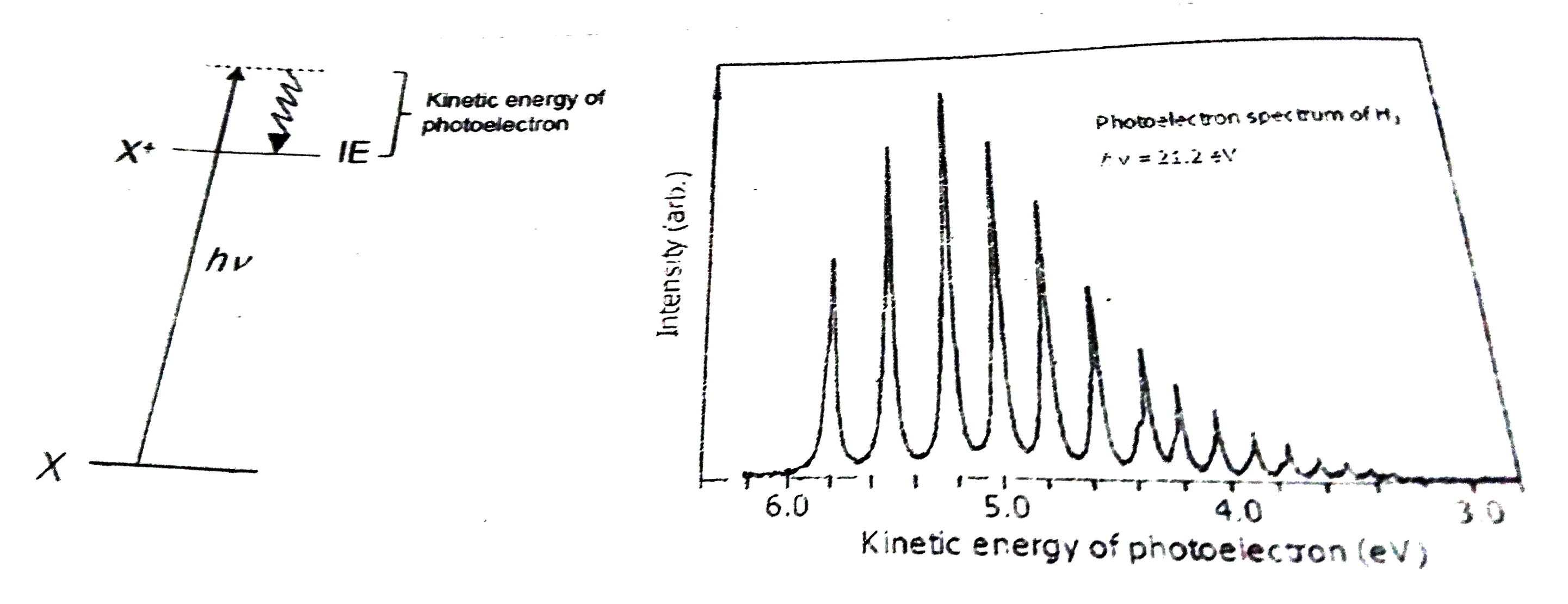In 2014, the United States Postal Service charged $0.48 to mail a first class letter weighing upto 1oz. And $0.21 for each additional ounce. Based on these rates which function would determine the cost, in dollars, c(z), of meiling a first-class letter weighing z ounces where z is an integer greater than 1?
c(z)=0.48z+0.21
c(z)=0.21z+0.48
c(z)=0.48(z−1)+0.21
c(z)=0.21(z−1)+0.48
The correct Answer is:D
To determine the cost, in dollars, c(z), of mailing a first-class letter weighing z ounces (where z is an integer greater than 1), we can follow these steps:
1. Understand the Pricing Structure:
- The cost to mail a first-class letter weighing up to 1 ounce is $0.48.
- For each additional ounce beyond the first ounce, there is an additional charge of $0.21.
2. Identify the Weight for Additional Charges:
- Since the first ounce is covered by the initial charge of $0.48, we only need to consider the weight beyond the first ounce.
- Therefore, if the letter weighs z ounces, the additional weight that incurs a charge is z−1 ounces.
3. Calculate the Additional Cost:
- For each additional ounce beyond the first, the cost is $0.21.
- Thus, the total additional cost for z−1 ounces is given by:
0.21×(z−1)
4. Combine the Base Cost and Additional Cost:
- The total cost c(z) can be expressed as the sum of the base cost and the additional cost:
c(z)=0.48+0.21×(z−1)
5. Simplify the Expression:
- Distributing the $0.21:
c(z)=0.48+0.21z−0.21
- Combining like terms:
c(z)=0.21z+0.27
Final Function:
Thus, the function that determines the cost of mailing a first-class letter weighing z ounces is:
c(z)=0.21z+0.27
- The cost to mail a first-class letter weighing up to 1 ounce is $0.48.
- For each additional ounce beyond the first ounce, there is an additional charge of $0.21.
- Since the first ounce is covered by the initial charge of $0.48, we only need to consider the weight beyond the first ounce.
- Therefore, if the letter weighs z ounces, the additional weight that incurs a charge is z−1 ounces.
- For each additional ounce beyond the first, the cost is $0.21.
- Thus, the total additional cost for z−1 ounces is given by:
0.21×(z−1)
- The total cost c(z) can be expressed as the sum of the base cost and the additional cost:
c(z)=0.48+0.21×(z−1)
- Distributing the $0.21:
c(z)=0.48+0.21z−0.21
- Combining like terms:
c(z)=0.21z+0.27
Thus, the function that determines the cost of mailing a first-class letter weighing z ounces is:
c(z)=0.21z+0.27
Topper's Solved these Questions
Similar Questions
Niels Bohr a Danish physicist received his PhD from the University of Copenhagen in 1911. He that spent a year with J.J. Thomson and Ernest Rutherford in England. In 1913, he returned to Copenhagen Where he remained for the rest of his life. In 1920 he was named Director of the Institute of theory! Physics After first World War Bohr worked energetically for peaceful uses of atomic energy recieved the first Atoms for Peace award in 1957 Bohr was awarded the Nobel Prize in Physics 1922
(a) The Angular momentum of an electron in a given stationary state can be expressed as mevr=h2π
where n=1, 2,3 ...... Thus an electron can move only in those orbits for which its angular momentum is integral multiple of h/2π that is why only certain fixed orbits are alowed
(b) The radii of the stationary states are expressed as rn=n2a0 where a0=52.9 pm. Thus the radius the first stationary state, called the Bohr radius, is 52.9 pm. Normally the electron in the hydrogen atom is found in this orbit (that is n =1). As n increases the value of r will increase
(c) The most important property associated with the electronEn=−2.18×10−18(Z2n2)J n=1,2,3
(d)it is also possible to calculate to calculate the velocities of electrons moving in these orbits by using vn=2.18106×Znm/sec. Qualitatively the magnitude of velocity of electron increases with increase of positive charge on the nucleus and decreases with increases the value of n.
(e)Bohr's theory can also be applied to th ions containing only one electron, similar to that present it hydrogen atom. For example , He+Li2+,Be3+ and so on.
given by the expression Ex=-218x n=1,2,3 (d) It is also possible to calculate the velocities of electrons moving in these orbits by using V 2.1810 cm/sec Qualitatively the magnitude of velocity of electron increases with increase of positive charge on the nucleus and decreases with increase the value of n (e) Bohr's theory can also be applied to the ions containing only one electron, similar to that presenti hydrogen atom For example, Help, Be and so on
Choose the incorrect curve :
if v=velocity of electron in Bohr's orbit
r=Radius of electron in Bohr's orbit
P.E.=Potential energy of electron in Bohr's orbit
K.E.=Kinetic energy of the electron in Bohr's orbit.View SolutionWhen an atom X absorbs radiation with a photon energy than the ionization energy of the atom, the atom is ionized to generate an ion X+ and the electron (called a photoelectron) is ejected at the same time. In this event, the energy is conserved as shown in Figure 1, that is,
Photon energy (h)=ionization energy (IE) of X+ kinetic energy of photoelectron.
When a molecule, for example, H2, absorbs short-wavelength light, the photoelectron is ejected and an H2, ion with a variety of vibrational states is produced. A photoelectron spectrum is a plot of the number of photoelectrons as a function of the kinetic energy of the photoelectrons. Figure-2 shows a typical photoelectron spectrum when H2 in the lowest vibrational level is irradiated by monochromatic light of 21.2eV. No photoelectrons are detected above 6.0eV. (eV is a unit of energy and 1.0eV is equal to 1.6×10−19J)

Figure 1 Schematic diagram of photoelectron spectroscopy.
Figure 2 Photoelectron spectrum of H2. The energy of the incident light is 21.2eV
Considering an energy cycle, determine––––––––––– the bond energy ED(eV) of H+2 to the first decimal place. If you were unable to determine the values for EB and EC, then use 15.0eV and 5.0eV for EB and EC, respectively.View Solution
Knowledge Check
- Question 1 - Select One
The postal rate for first-class mail is 44 cents for the first ounce or portion thereof and 17 cents for each additional ounce or portion thereof up to 3.5 ounces. The cost of a 3.5-ounce letter is 95cancel c. A formula for the cost in cents of first-class postage for a letter weighing N ounces (N≤3.5) is
A4+[N−1]⋅17B[N−44]⋅17C44+[N]⋅17Dnone of the above - Question 2 - Select One
Gina subscribes to a cell phone service that charges a monthly fee of $60.00. The first 500 megabytes of data is free, and the cost is $0.15 for each additional megabyte of data used that month. Which of the following functions gives the cost, in dollars, for a month in which Gina uses x megabytes of data, where x>500.
A60+15xB0.15x−15C0.15x−440D60+0.15x
When an atom X absorbs radiation with a photon energy than the ionization energy of the atom, the atom is ionized to generate an ion X+ and the electron (called a photoelectron) is ejected at the same time. In this event, the energy is conserved as shown in Figure 1, that is,
Photon energy (h)=ionization energy (IE) of X+ kinetic energy of photoelectron.
When a molecule, for example, H2, absorbs short-wavelength light, the photoelectron is ejected and an H2, ion with a variety of vibrational states is produced. A photoelectron spectrum is a plot of the number of photoelectrons as a function of the kinetic energy of the photoelectrons. Figure-2 shows a typical photoelectron spectrum when H2 in the lowest vibrational level is irradiated by monochromatic light of 21.2eV. No photoelectrons are detected above 6.0eV. (eV is a unit of energy and 1.0eV is equal to 1.6×10−19J)

Figure 1 Schematic diagram of photoelectron spectroscopy.
Figure 2 Photoelectron spectrum of H2. The energy of the incident light is 21.2eV
Determine–––––––––––– the bond energy EC(eV) of H2 to the first decimal place.View SolutionNiels Bohr a Danish physicist received his PhD from the University of Copenhagen in 1911. He that spent a year with J.J. Thomson and Ernest Rutherford in England. In 1913, he returned to Copenhagen Where he remained for the rest of his life. In 1920 he was named Director of the Institute of theory! Physics After first World War Bohr worked energetically for peaceful uses of atomic energy recieved the first Atoms for Peace award in 1957 Bohr was awarded the Nobel Prize in Physics 1922
(a) The Angular momentum of an electron in a given stationary state can be expressed as mevr=h2π
where n=1, 2,3 ...... Thus an electron can move only in those orbits for which its angular momentum is integral multiple of h/2π that is why only certain fixed orbits are alowed
(b) The radii of the stationary states are expressed as rn=n2a0 where a0=52.9 pm. Thus the radius the first stationary state, called the Bohr radius, is 52.9 pm. Normally the electron in the hydrogen atom is found in this orbit (that is n =1). As n increases the value of r will increase
(c) The most important property associated with the electronEn=−2.18×10−18(Z2n2)J n=1,2,3
(d)it is also possible to calculate to calculate the velocities of electrons moving in these orbits by using vn=2.18106×Znm/sec. Qualitatively the magnitude of velocity of electron increases with increase of positive charge on the nucleus and decreases with increases the value of n.
(e)Bohr's theory can also be applied to th ions containing only one electron, similar to that present it hydrogen atom. For example , He+Li2+,Be3+ and so on.
given by the expression Ex=-218x n=1,2,3 (d) It is also possible to calculate the velocities of electrons moving in these orbits by using V 2.1810 cm/sec Qualitatively the magnitude of velocity of electron increases with increase of positive charge on the nucleus and decreases with increase the value of n (e) Bohr's theory can also be applied to the ions containing only one electron, similar to that presenti hydrogen atom For example, Help, Be and so on
Choose the correct statementView Solution

